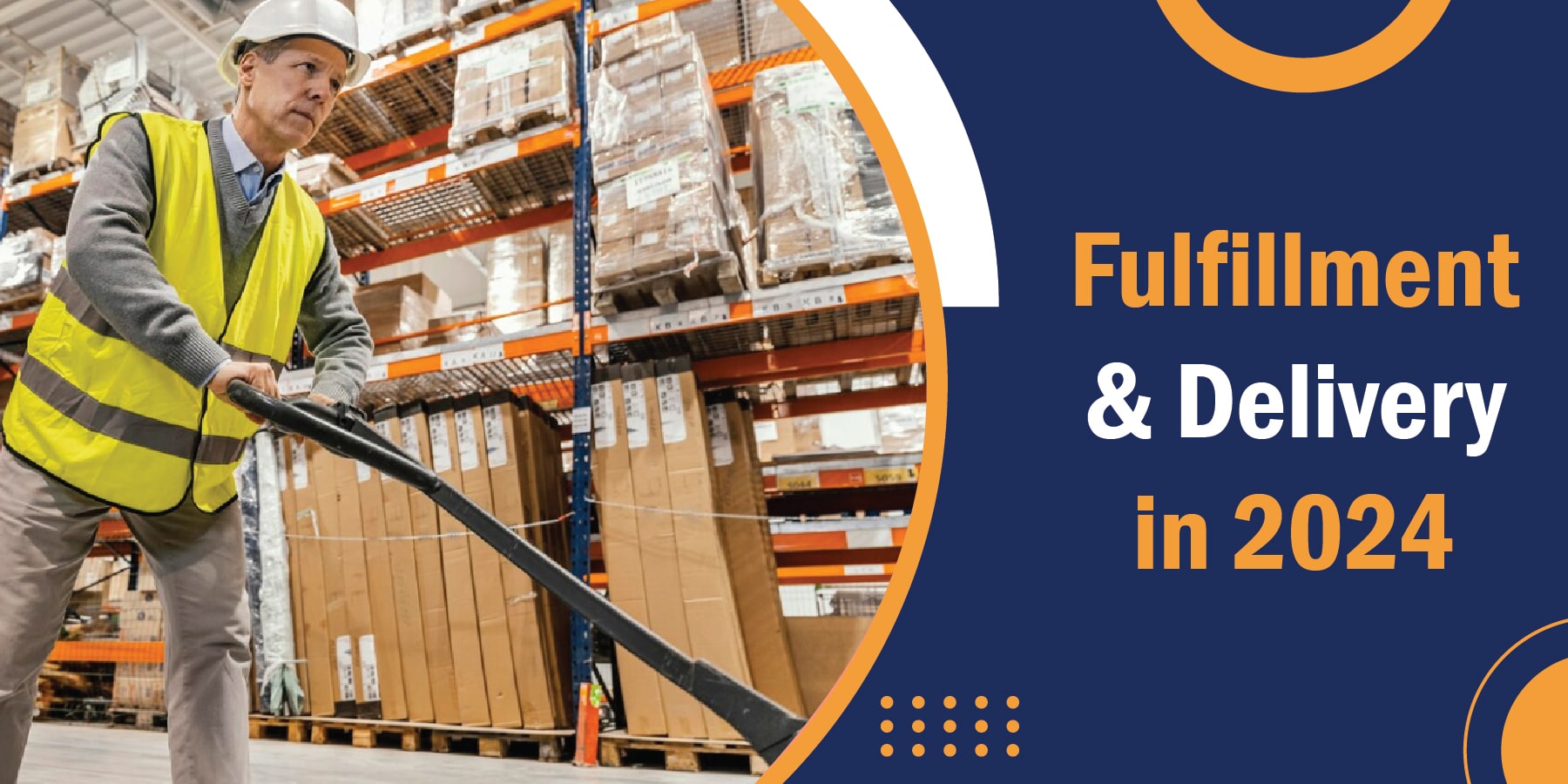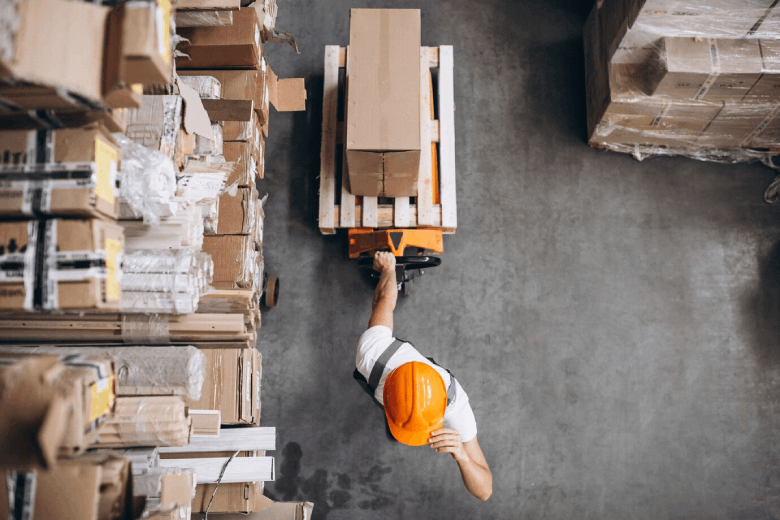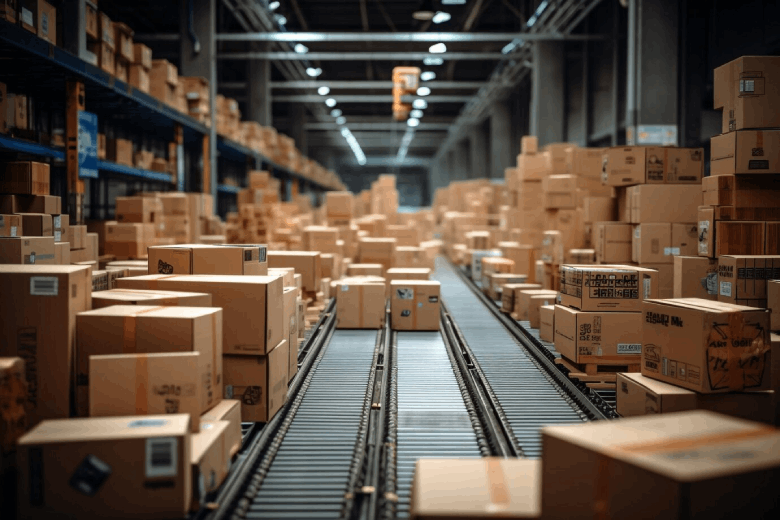
The grocery sector is undergoing a remarkable transformation. As we delve deeper into 2024, we’re witnessing an evolution driven by technology and new consumer expectations. In this blog, I’ll explore how grocers redefine fulfillment and delivery, employing strategies from supply chain optimization to e-commerce integration. Let’s unpack these dynamic changes and understand their implications for the future.
Introduction to Modern Grocery Fulfillment
The landscape of grocery shopping has dramatically changed over the past decade. With the rise of digital platforms and shifting consumer preferences, grocers are now required to adapt quickly. The essence of modern grocery fulfillment lies in leveraging technology to enhance efficiency and meet consumer demands for speed and convenience. Here are some key components driving this transformation:
- Digital Transformation in Retail: This encompasses integrating digital technology into all areas of a business, fundamentally changing how they operate and deliver value to customers. It includes everything from online ordering systems to customer data analytics.
- Artificial Intelligence in Logistics: AI is revolutionizing logistics with capabilities such as predictive analytics for inventory management, automated warehousing, and smart routing for deliveries.
- E-commerce Integration: Seamlessly connecting online shopping with physical store operations is essential. This not only enhances customer experience but also improves inventory and supply chain management.
These innovations are pivotal in setting the stage for the advanced strategies that grocers are now adopting.
 Supply Chain Optimization
Supply Chain Optimization
One of the cornerstones of modern grocery fulfillment is supply chain optimization. But, what, this mean? Essentially, supply chain optimization software helps retailers minimize costs and improve efficiency by analyzing data and automating various supply chain decisions. Here’s how it works:
- Data Collection and Analysis: The software collects data across the supply chain, from inventory levels to shipping times and customer demand patterns.
- Automation and Decision Making: Using AI and machine learning, the software predicts needs and automates purchasing and logistics decisions, reducing waste and improving response times.
By optimizing their supply chains, grocers can ensure that the right products are available at the right time, which is crucial for maintaining customer satisfaction in a competitive market.
Digital Transformation in Retail
Digital transformation in retail is much more than just selling products online. It represents a fundamental shift in how retailers operate, from internal processes to customer interactions. Here are the key aspects:
- Online Presence and Mobile Shopping: Providing a seamless and responsive online shopping experience is now a necessity. Mobile apps and websites are optimized for ease of use, driving sales and enhancing customer satisfaction.
- Data-Driven Marketing and Personalization: Grocers can deliver personalized marketing messages and offers by analyzing customer data, significantly enhancing the shopping experience.
- Integration of Digital and Physical Stores: Creating a cohesive experience whether the customer shops online or in-store is key. This includes shared loyalty programs and uniform product availability.
Artificial Intelligence in Logistics
Artificial intelligence is transforming logistics in several ways. It not only streamlines operations but also enhances accuracy and reduces costs. Here are some applications:
- Automated Warehousing: Robots and automated systems in warehouses help sort, pack, and transport goods more efficiently than human workers.
- Predictive Analytics: AI algorithms predict future demand and adjust inventory accordingly. This reduces overstocking or stockouts, optimizing inventory levels.
- Delivery Route Optimization: AI helps in mapping out the most efficient delivery routes, saving time and fuel.
Integrating AI in logistics is not just about cutting costs—it’s about creating a more agile and responsive supply chain.
 Sustainable Packaging Solutions
Sustainable Packaging Solutions
As consumer awareness of environmental issues grows, sustainable packaging solutions have become a critical area of focus for grocers. Sustainable packaging involves using materials and processes that are environmentally friendly and efficient. Here are some strategies being adopted:
- Biodegradable Materials: Many grocers are moving away from plastics to materials like plant-based plastics, which break down more easily in the environment.
- Recycling Programs: Encouraging customers to return packaging for recycling helps reduce waste and promote circular economic models.
- Reduced Packaging: Minimizing the use of packaging material not only cuts costs but also appeals to environmentally conscious consumers.
Adopting these practices not only helps the planet but also builds a positive brand image among consumers who value sustainability.
Cold Chain Logistics
Maintaining the integrity of perishable goods from farm to table is a challenge that cold chain logistics aims to address. This involves managing the temperature of sensitive products throughout the supply chain. Here are some considerations:
- Advanced Refrigeration Technologies: Innovations in refrigeration ensure products stay fresh longer, reducing spoilage and waste.
- Real-Time Temperature Monitoring: Sensors and IoT devices monitor the temperature of products throughout the supply chain, ensuring they remain within safe limits.
- Efficient Transport Solutions: Utilizing refrigerated trucks and optimized delivery routes helps maintain the cold chain without unnecessary delays.
The effective management of cold chain logistics is essential for reducing waste and ensuring the quality of perishables.
Consumer Behavior Insights
Understanding consumer behavior is crucial for tailoring the shopping experience to meet their needs. Insights into how customers make purchasing decisions can help grocers refine their strategies. Here’s what they’re looking at:
- Shopping Patterns: Analyzing when and how often customers shop helps in managing inventory better.
- Product Preferences: Knowing what products are popular can assist in stock management and promotional activities.
- Feedback and Engagement: Direct customer feedback through digital channels helps improve service and address any concerns swiftly.
Informed by these insights, grocers can create a more personalized shopping experience that resonates with their customers.
 Key Takeaways
Key Takeaways
In summarizing our exploration of how grocers are redefining fulfillment and delivery in 2024, it’s clear that this shift is transformative. Here are three streamlined takeaways:
- Embrace Digital Integration: Continuous digital integration is essential for enhancing customer experiences and streamlining operations. It encompasses AI-driven logistics and robust e-commerce platforms.
- Prioritize Sustainability: Implementing sustainable packaging and optimizing logistics are crucial. They will resonate with environmentally conscious consumers and give companies a competitive edge.
- Leverage Consumer Insights: Utilizing data to understand consumer behaviors can significantly refine inventory management and customer service, enhancing satisfaction and loyalty.
We’ve covered these strategic advancements in grocery fulfillment. To continue the discussion and connect with others, share your thoughts in the comments. For more insights and the latest trends, follow us on Facebook, Instagram, and Linkedin. Stay engaged and informed with us as we navigate these developments together.

 Supply Chain Optimization
Supply Chain Optimization Sustainable Packaging Solutions
Sustainable Packaging Solutions Key Takeaways
Key Takeaways




